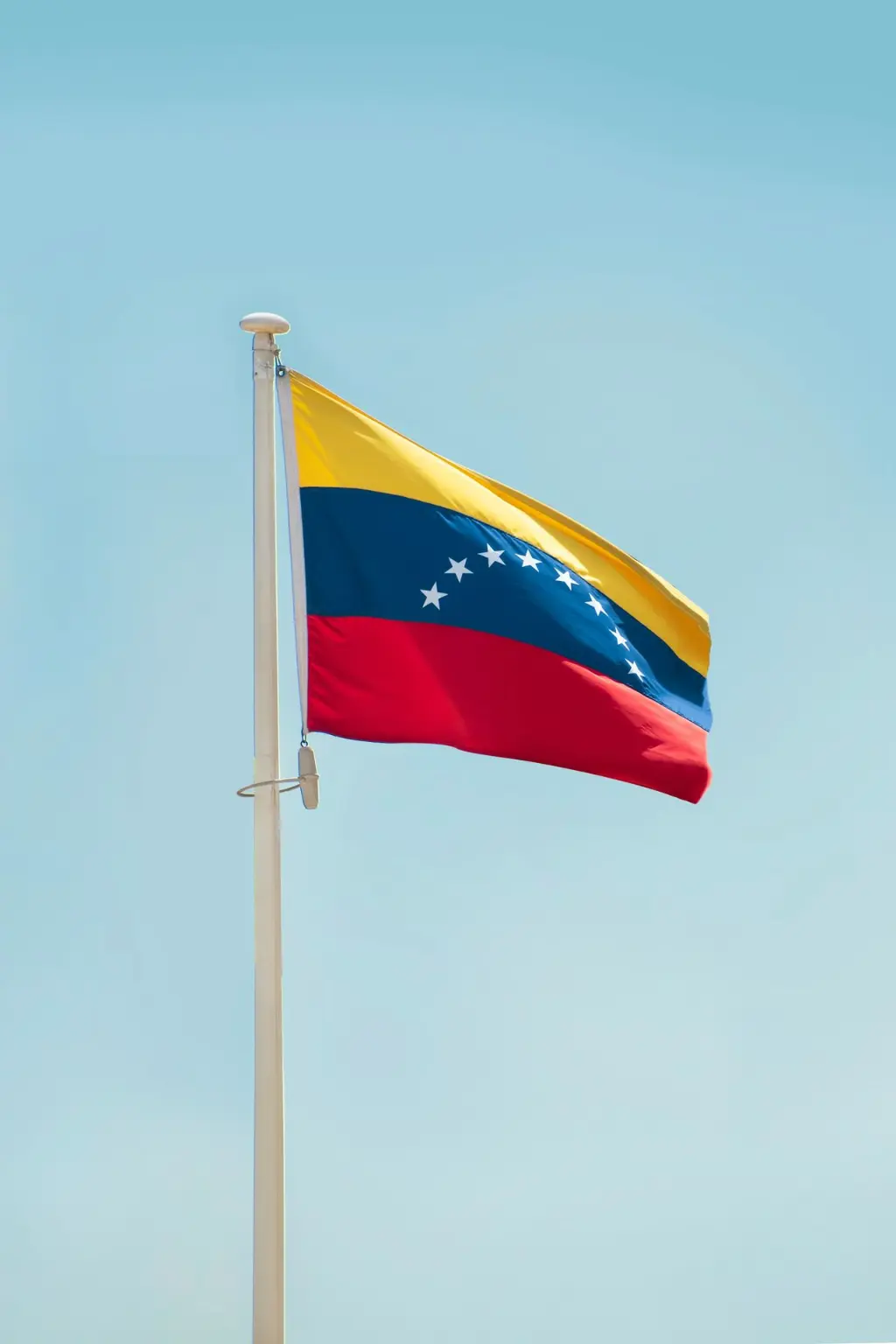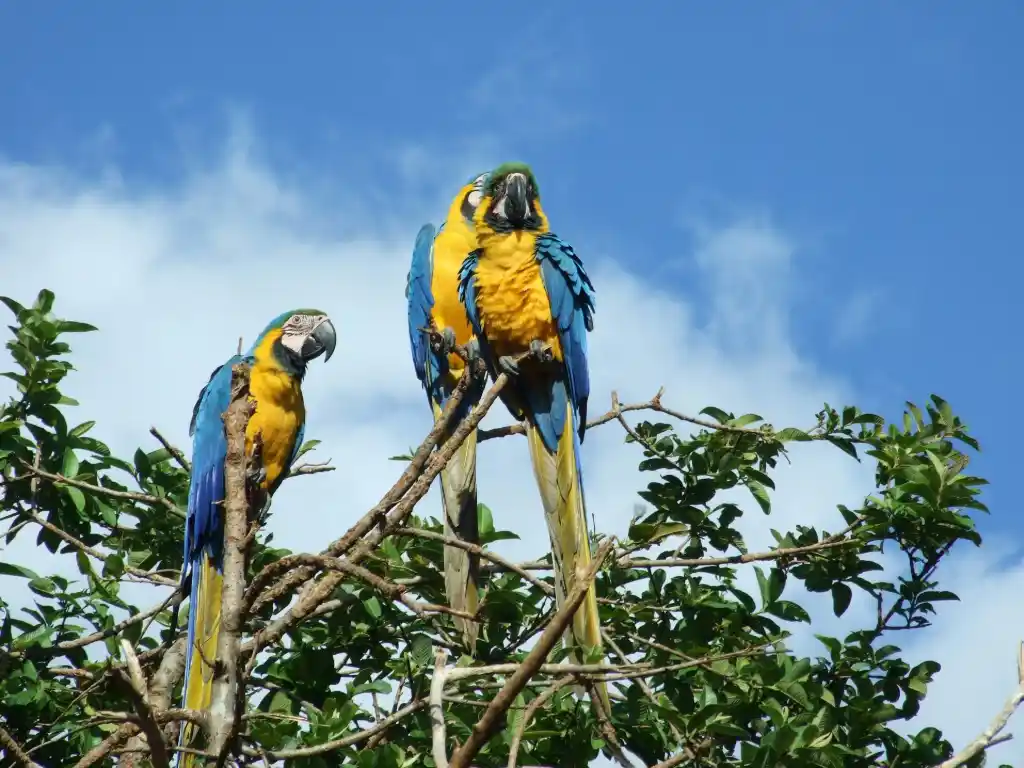Two independences?
Yes, you read that right! Panama has not one, but two independence dates. On November 28, 1821, Panama freed itself from Spanish rule. And on November 3, 1903, it separated from Colombia to become a fully sovereign nation.
This entry explores the first of those feats: a peaceful revolution, strategic alliances, and a story that continues to generate debates. Get ready to discover how Panama charted its path to freedom... twice.
The curtain rises: How did it all begin?
The Latin American context
In the early 19th century, Latin America was ablaze with revolutions. Spain, weakened by the Napoleonic wars, watched as its colonies became infused with Enlightenment ideas and desires for autonomy.
The Panamanian spark
On November 10, 1821, in La Villa de Los Santos, the First Shout of Independence was made. A people said "Enough already!" and rebelled against Spanish rule. The figure of Rufina Alfaro, although shrouded in mystery, became a symbol of that popular bravery.
The power of the press
In 1820, the newspaper La Miscelánea del Istmo amplified the voices of independence, spreading ideas of freedom and self-determination.
The economic suffocation
Panama, due to its strategic location, was vital for trade. But Spanish policies —such as the elimination of trade privileges in 1814 and the closure of the port of Chagres in 1816— severely affected the Creole merchants. Discontent was growing.
The grand finale: November 28, 1821
The Open Council
Following the example of Los Santos, Panama City convened an open town hall meeting on November 28. Military, civilian, and religious leaders participated. The atmosphere was one of decision-making, not confrontation.
A bloodless revolution
Unlike other independence movements, Panama's was peaceful. It was achieved without conflict, possibly thanks to incentives that discouraged Spanish troops from intervening.
The protagonist: José de Fábrega
Colonel José de Fábrega, the interim Panamanian governor, was key to the transition. His leadership allowed for an orderly break with Spain.
The Declaration of Independence
The Act of Independence of Panama was carefully drafted, formalizing the separation from the Spanish empire.
The unexpected turn: union with Gran Colombia
After gaining independence, Panama joined Simón Bolívar's Gran Colombia. Why? Due to fear of Spanish reprisals, a lack of resources, and the search for stability within a larger federation.
The aftermath: Total independence?
Gradual abolition of slavery
The union with Gran Colombia brought legal reforms. Slavery began to be abolished gradually, until its total elimination in 1852.
Tensions with Spain
In 1822, Spain sent warships. Panama signed a peace treaty, consolidating its independence.
First constitutional government
Panama established its first constitutional government, although its autonomy was limited within Gran Colombia.
Independence or transition?
The independence of 1821 freed Panama from Spanish rule, but did not grant it full sovereignty. That moment would arrive in 1903, with the separation from Colombia.
Current debates: What is true independence?
The Mystery of Rufina Alfaro
Was she real or a symbol? Historians debate whether Rufina Alfaro existed or if she represents the popular spirit of independence.
November 28th or November 3rd?
Many Panamanians consider November 3, 1903, to be the true date of independence, marking the birth of a sovereign nation. November 28 is seen as the beginning of the process.
Popular revolution or elite strategy?
Some studies suggest that the independence of 1821 was driven by commercial elites seeking to protect their economic interests rather than by a popular mobilization.
Symbolic act?
Recent research indicates that the 1821 act may have been more of a political declaration than an act of sovereignty universally recognized at the time.
The Month of the Homeland
The entire month of November is celebrated as the Month of the Homeland, commemorating the key dates that defined Panamanian identity.
Looking to the future: Panama today
Logistics capacity
Panama's independence in 1821 laid the foundation for its development as a global logistics hub. The Panama Canal, expanded in 2016, remains key to world trade.
Dynamic economy
Panama is today one of the most stable and vibrant economies in Central America, with a history that has shaped its strategic vision.
Global actor
Panama actively participates in international organizations, reflecting the legacy of its founding achievements.
More than a date
November 28, 1821, is not just a date on the calendar. It is a symbol of transition, strategy, and vision. A peaceful independence, a temporary alliance, and the beginning of a complex history that shaped the nation we know today.
At Shopping Box, we celebrate that legacy. Because Panama didn't just become independent: it connected with the world. And we continue to foster that connection.
Do you want to be part of the country that connects the world?
Do you want to be part of the country that connects the world? Discover our logistics solutions at Shopping Box and celebrate with us the pride of being Panamanian.
Panama towards the future: from independence to global leadership
The events of November 28, 1821, not only marked the end of a colonial era. They were the first step for a nation that, from its very beginning, has known how to combine strategy, vision, and resilience.
Today, Panama is not just a free country. It is a global logistics hub, a bridge between continents, cultures, and opportunities. Its history of dual independence—from Spain in 1821 and from Colombia in 1903—reflects a complex identity, yet one deeply determined to forge its own destiny.
The futuristic image accompanying this text is not a fantasy: it is a projection of what Panama represents. A country that honors its past without being stuck in it. That transforms its national symbols into engines of innovation. That turns its strategic location into a platform for global connection.
From the expanded Canal to its free trade zones, from its active diplomacy to its vibrant economy, Panama is moving forward with a firm step. And along that path, every November 28th reminds us that independence is not just a historical act: it is a permanent attitude.
At Shopping Box, we believe in that future. Because every shipment, every connection, every logistics solution we offer is part of that vision. A Panama that not only became independent… but is projecting itself onto the world stage.



